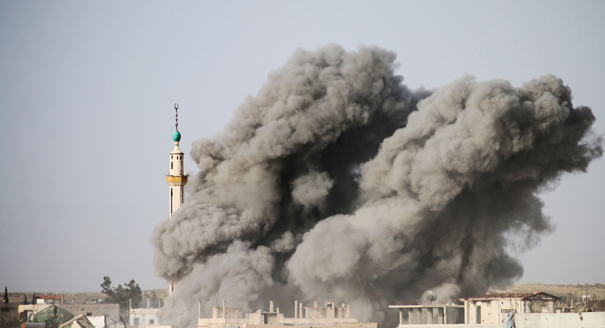The conflict in Syria has grown from a democratic uprising to an intractable conflagration, threatening the stability of the Middle East. It has also created a refugee crisis that has rippled across the globe. The recent chemical weapons attack in Khan Sheikhoun on April 4 and U.S. retaliation against a Syrian regime airbase on April 6 have spurred further debate over the U.S. role in the conflict and how the Trump administration will approach it.
To address these issues, Carnegie’s Middle East Program gathered experts from around the world on April 5 for a conference titled “Syria’s Trajectory and Challenges for the United States.” The aim was to discuss the perspectives of various stakeholders, potential political solutions to the conflict, and paths forward for Syria’s economic reconstruction and a return of refugees.
In the first of a series of interviews conducted by Diwan on the margins of the conference, Rouba Mhaissen, founder and director of Sawa Aid, discussed prospects for a formal political settlement and the elements needed for an enduring solution. In a second interview, Galip Dalay, research director at Al-Sharq Forum and a senior associate fellow at the Al-Jazeera Center for Studies expanded on Turkish views of the conflict.






